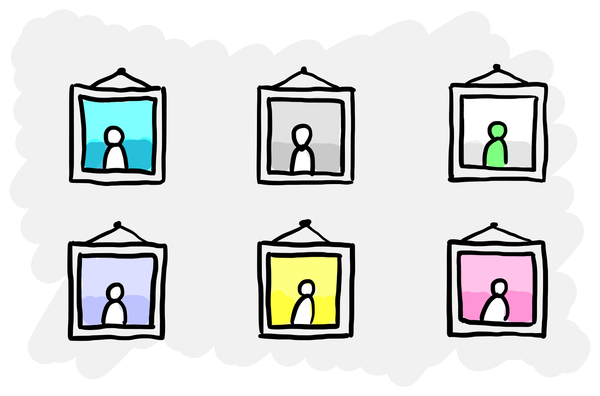
Product design
A style guide for generating concept designs with AI
Part 2, following on from last week’s guide to using ChatGPT/Sora for creating storyboards, early-stage concepts and research stimulus.

Product design
Part 2, following on from last week’s guide to using ChatGPT/Sora for creating storyboards, early-stage concepts and research stimulus.
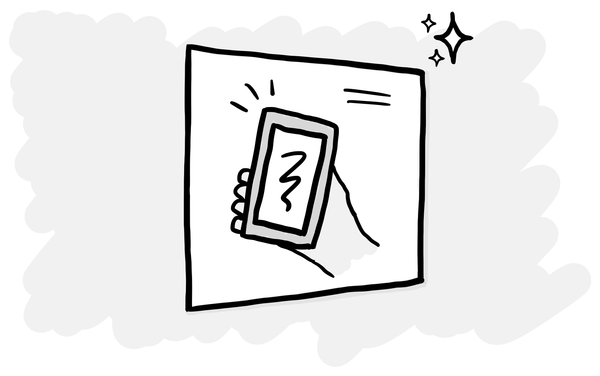
Product design
A practical guide to using ChatGPT/Sora to create storyboards, early-stage concepts and research stimulus.
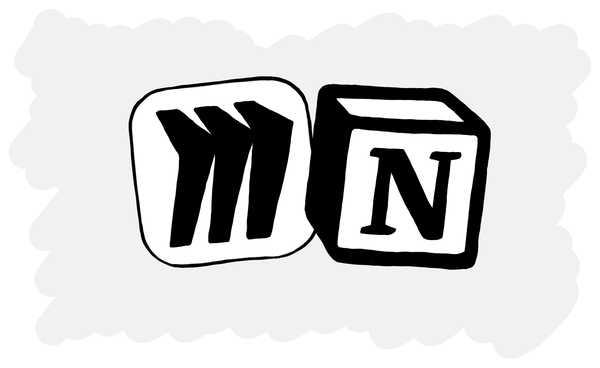
Product design
Making the business case for ‘collaboration software’ is hard, but it’s essential for knowledge work.
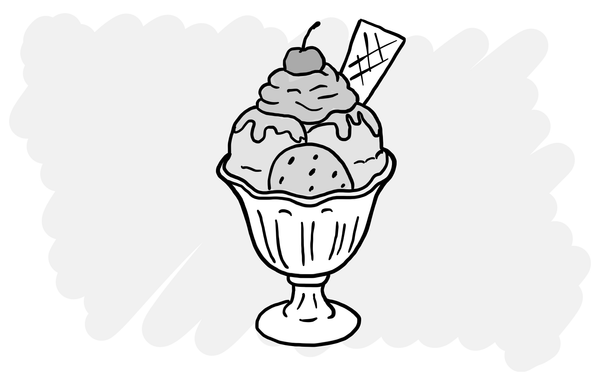
Product design
Human expertise and judgment is making a comeback.
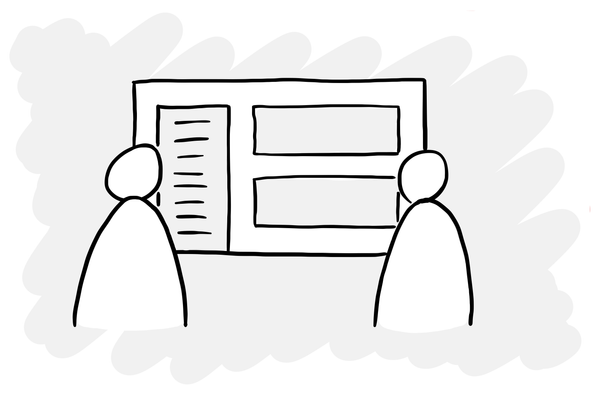
Product design
Years of observing real users give researchers a sixth sense for what will (and won’t) work.
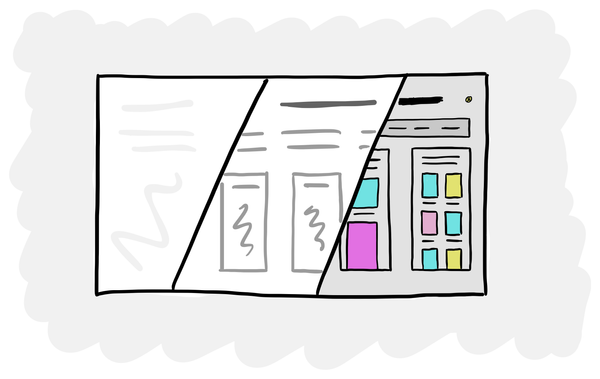
Product design
In a world with design systems and AI that can create fully-functioning apps in minutes, why would anyone bother with mid-fidelity design? I argue that mid-fidelity is too easily overlooked. For certain stages of the design process, it offers a sweet spot between low and high-fidelity which allows you to
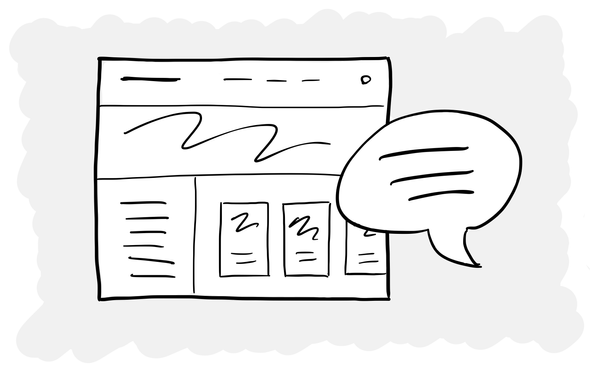
AI
Coding is the area in which AI is having the biggest immediate impact. 63% of professional developers use it (and that’s data from May 2024). There are two types of tools emerging: 1. AI coding assistants Tools like GitHub Copilot, Cline and Cursor support developers in their day-to-day work,

AI
I recently finished a project where I used AI to write 90% of the copy for my mid-fidelity concepts and prototype. In the ‘olden days’ of 2 years ago, you’d have to write all of the copy in your designs yourself, or resort to lorem ipsum. But what if